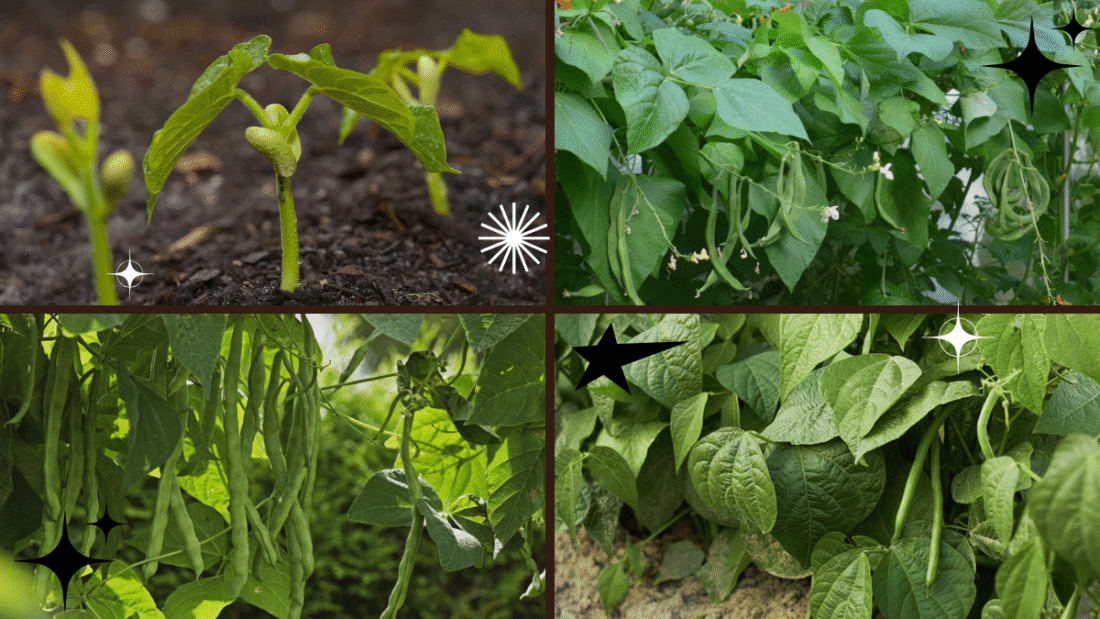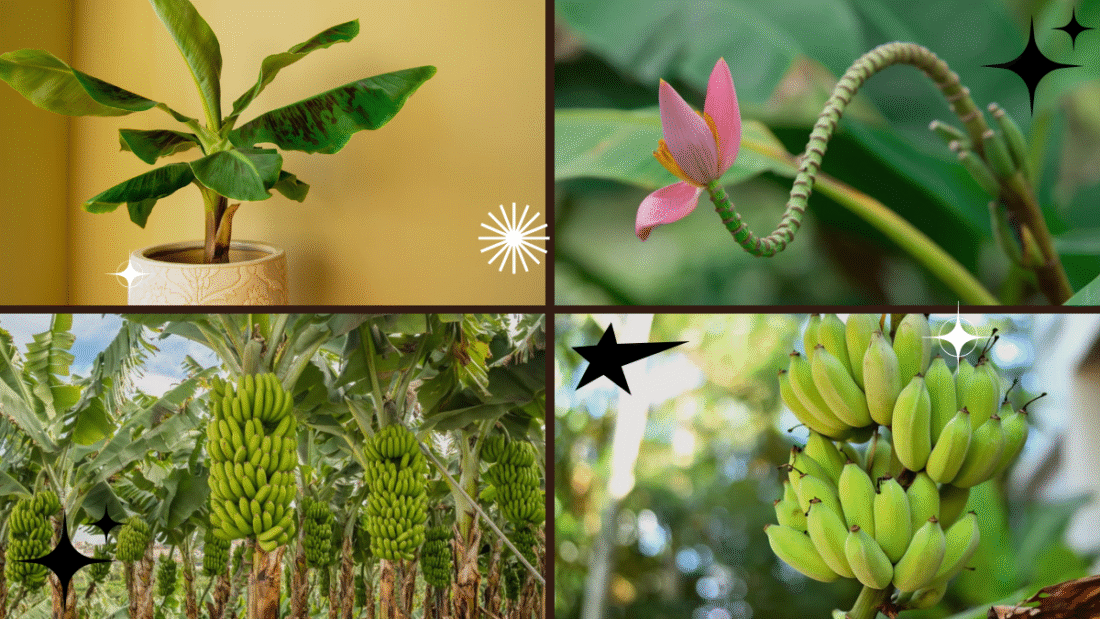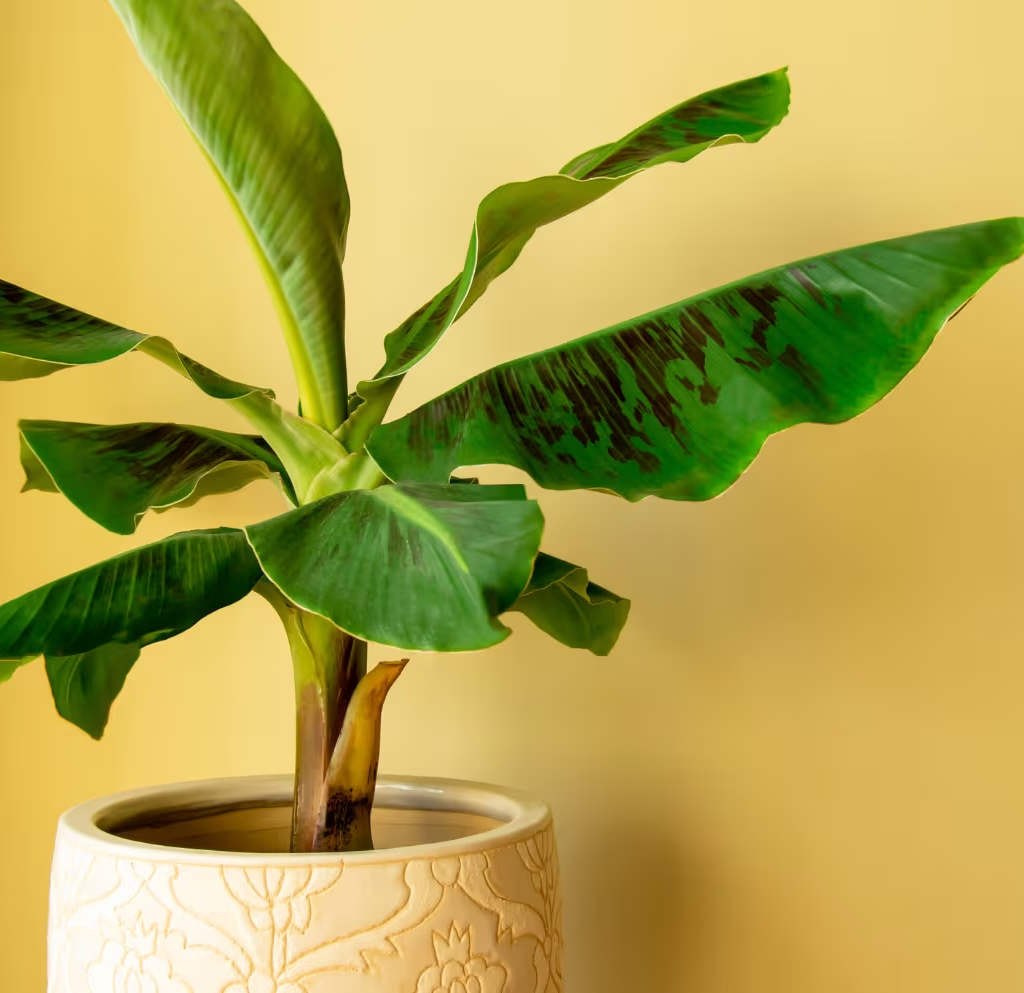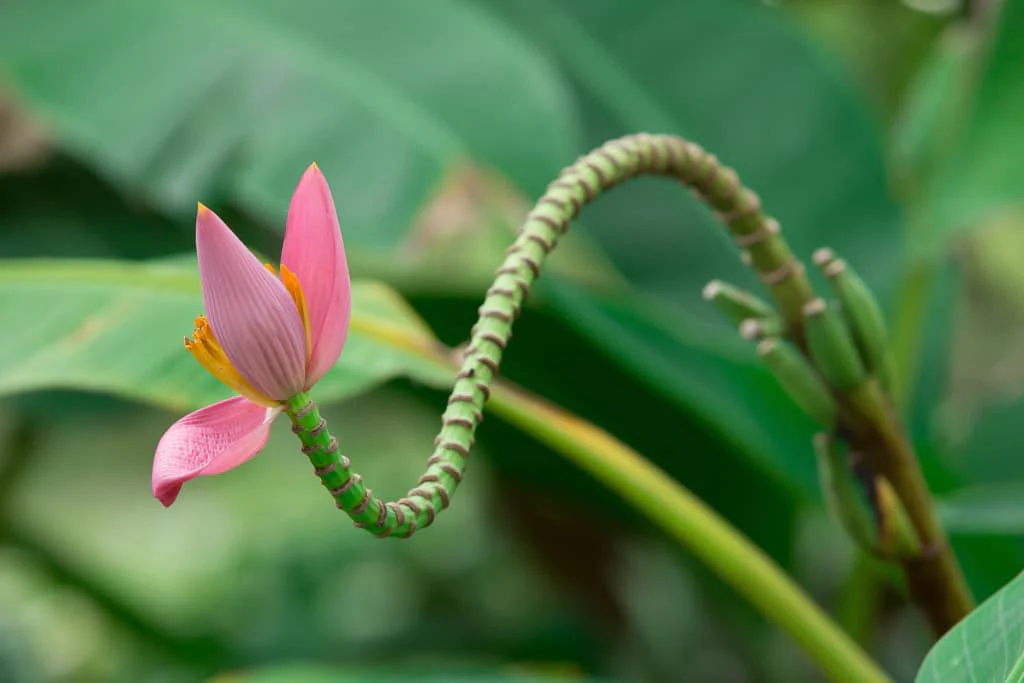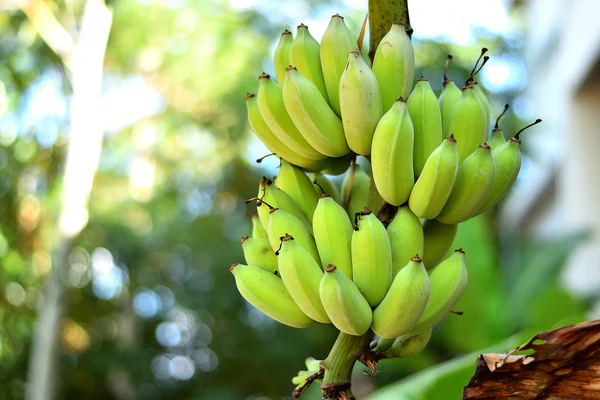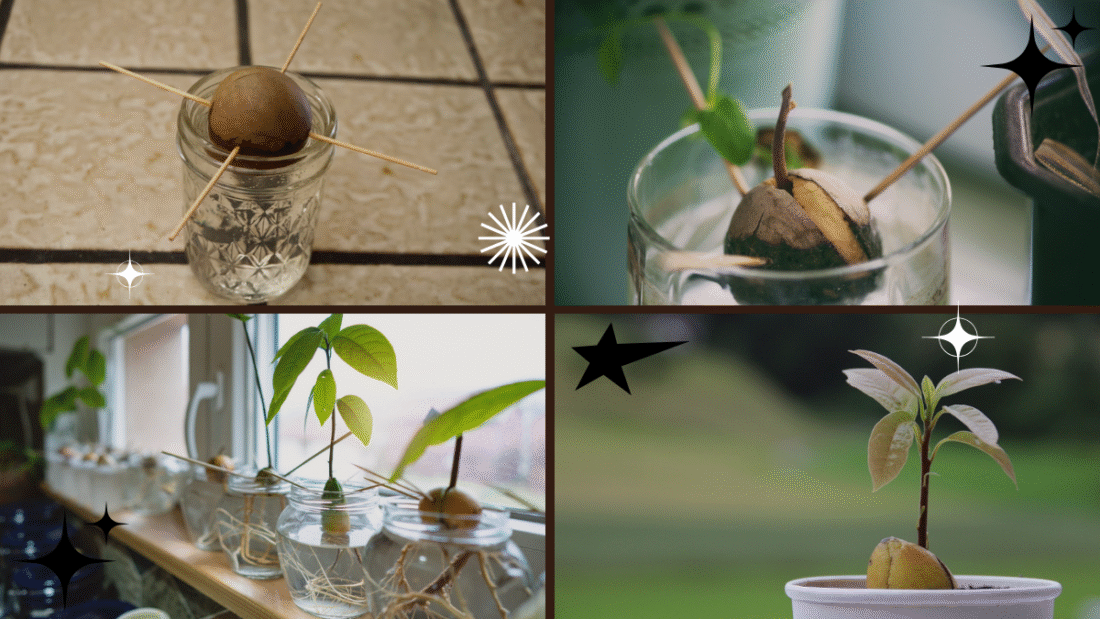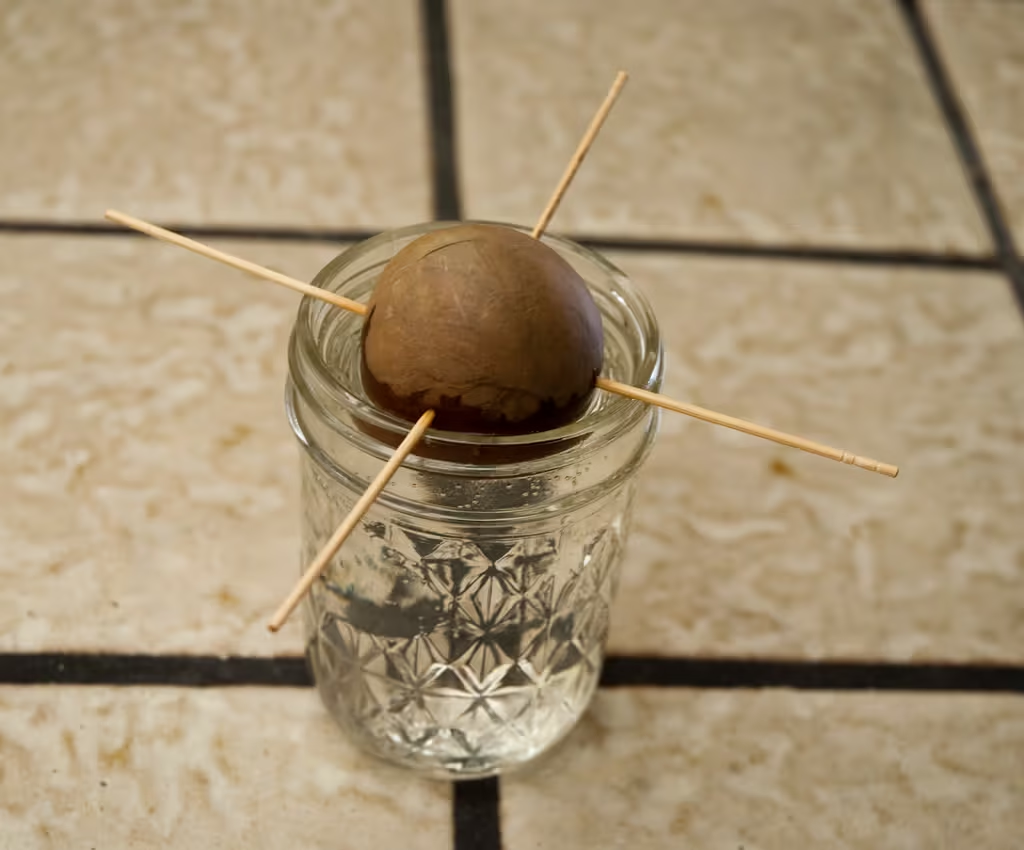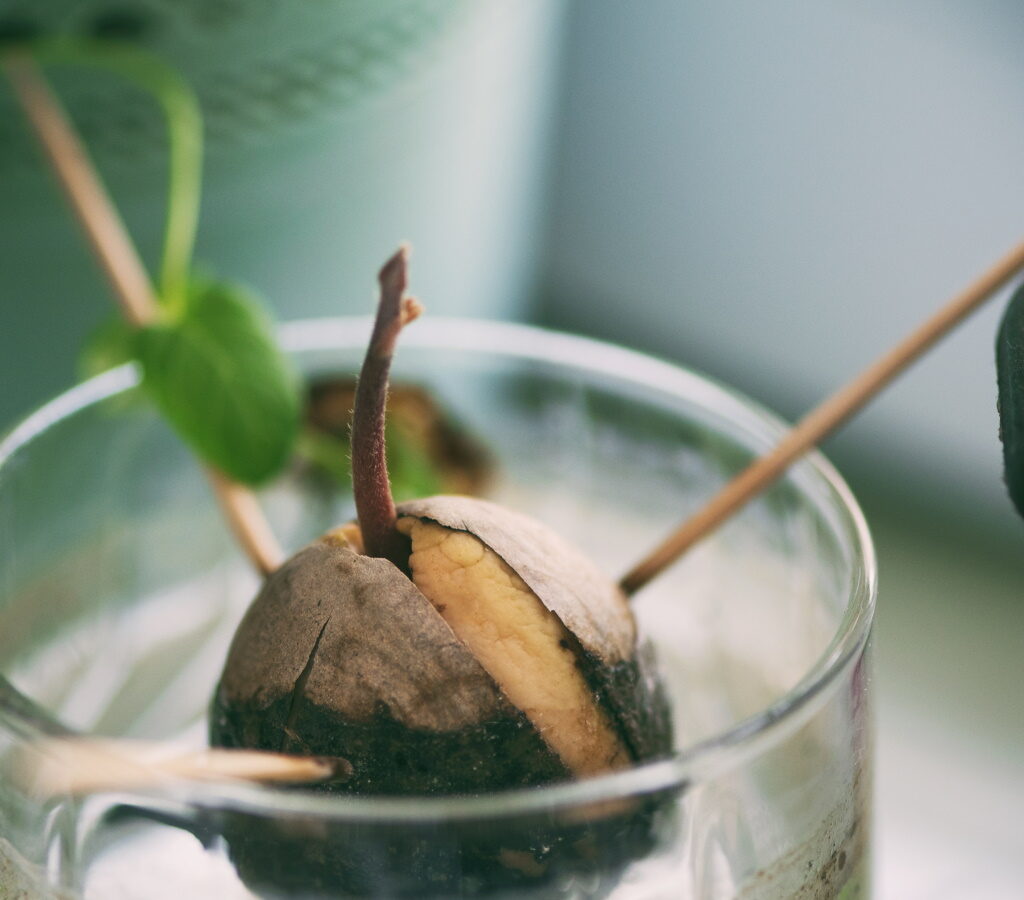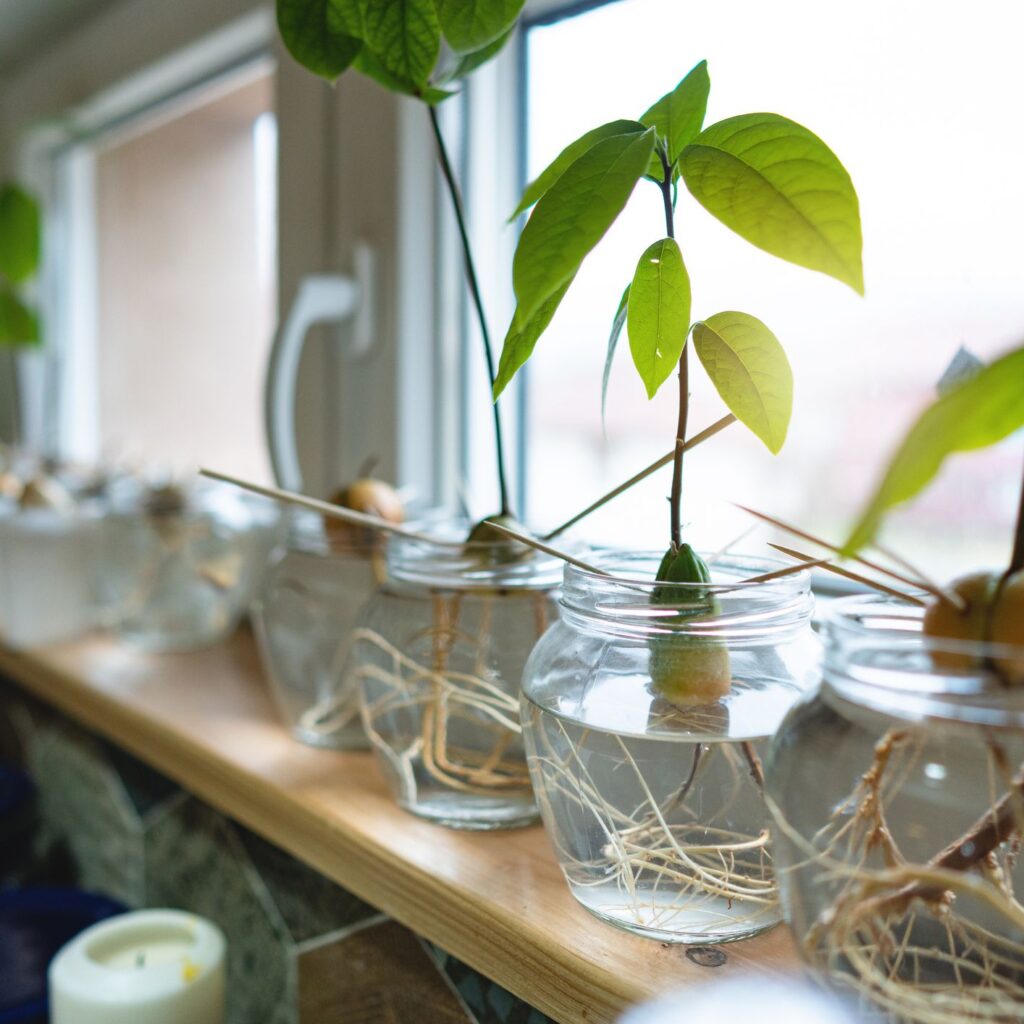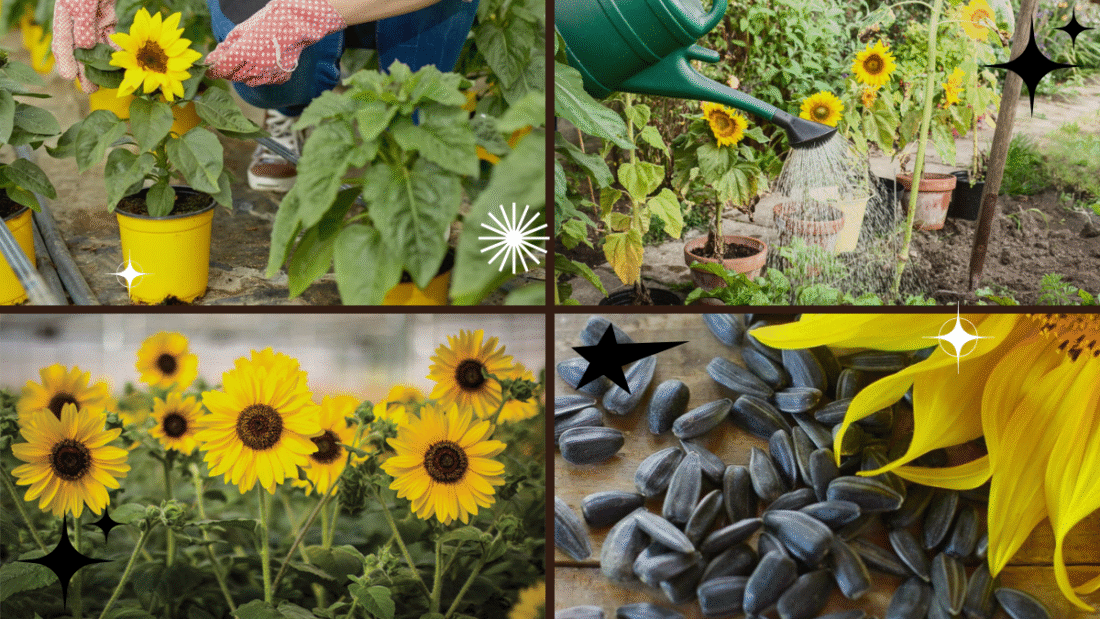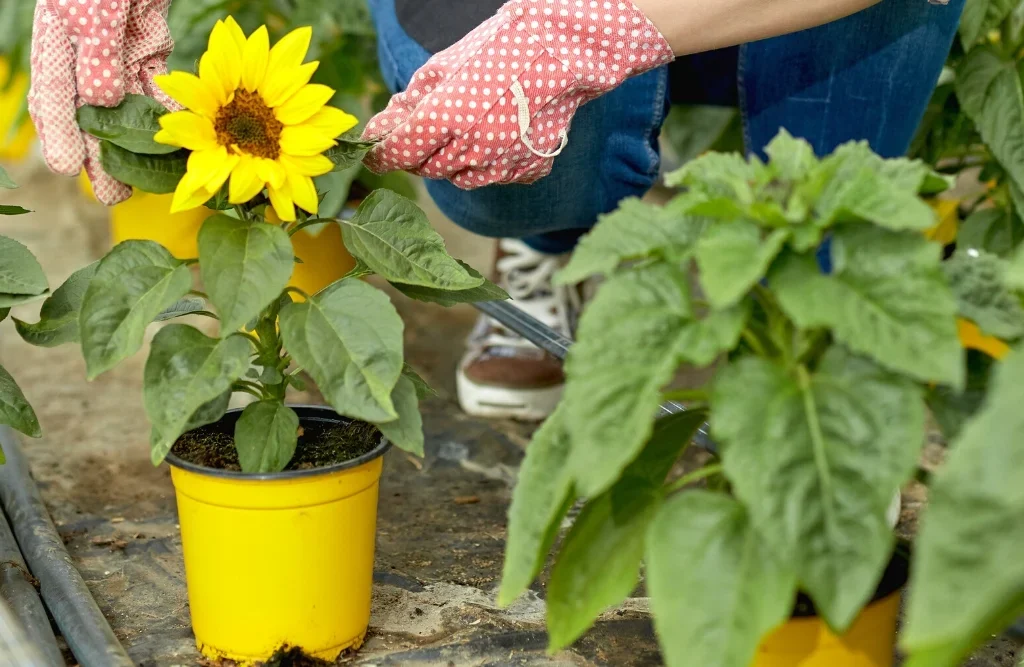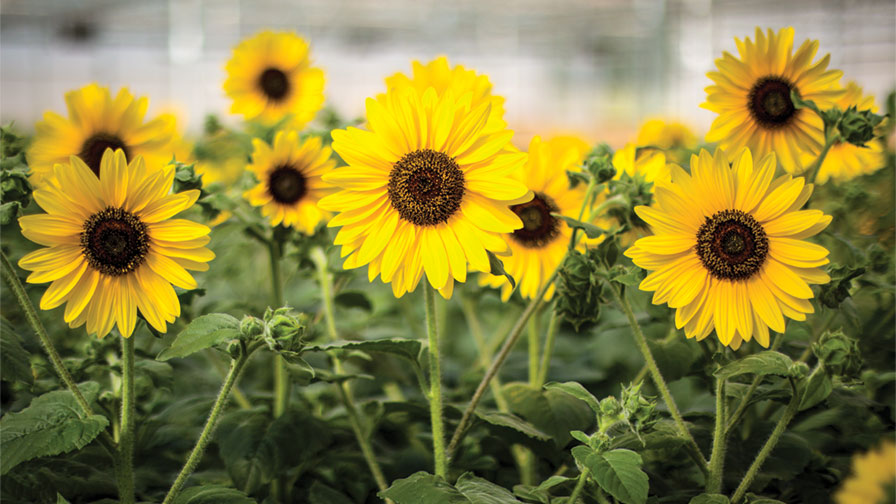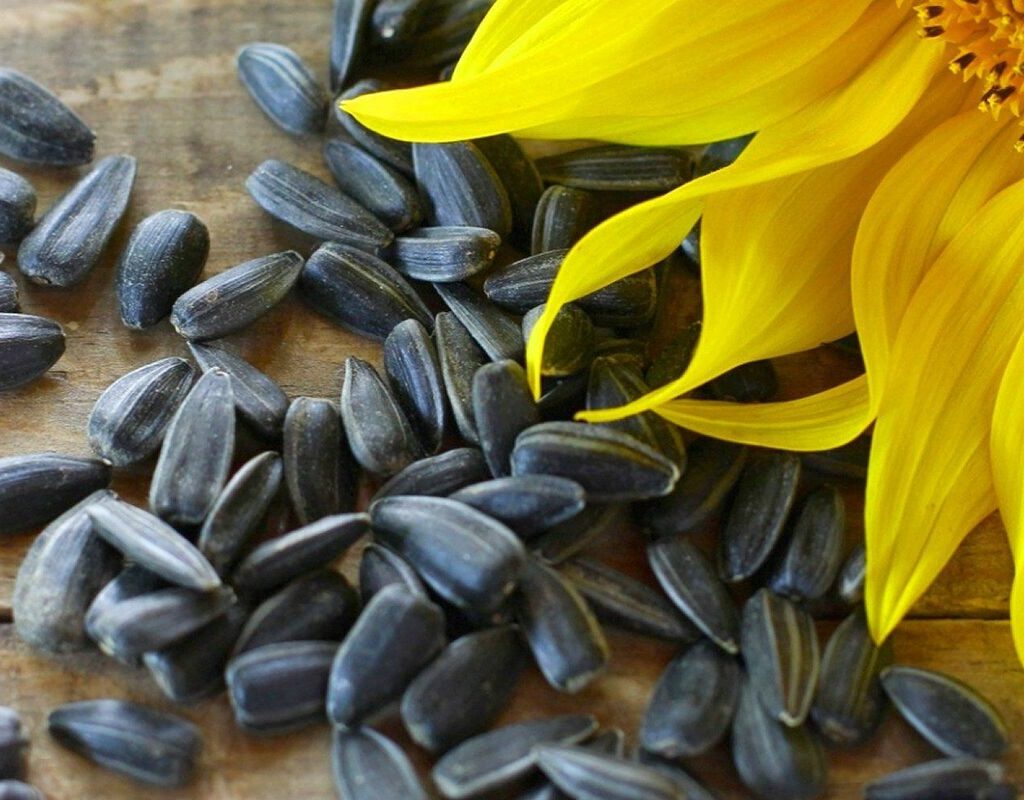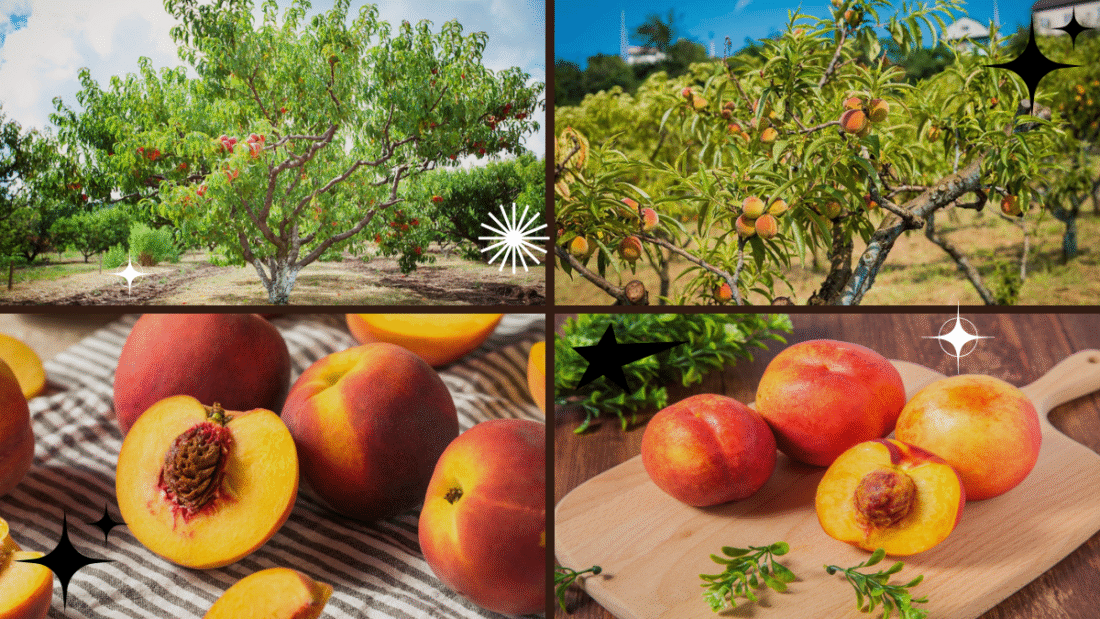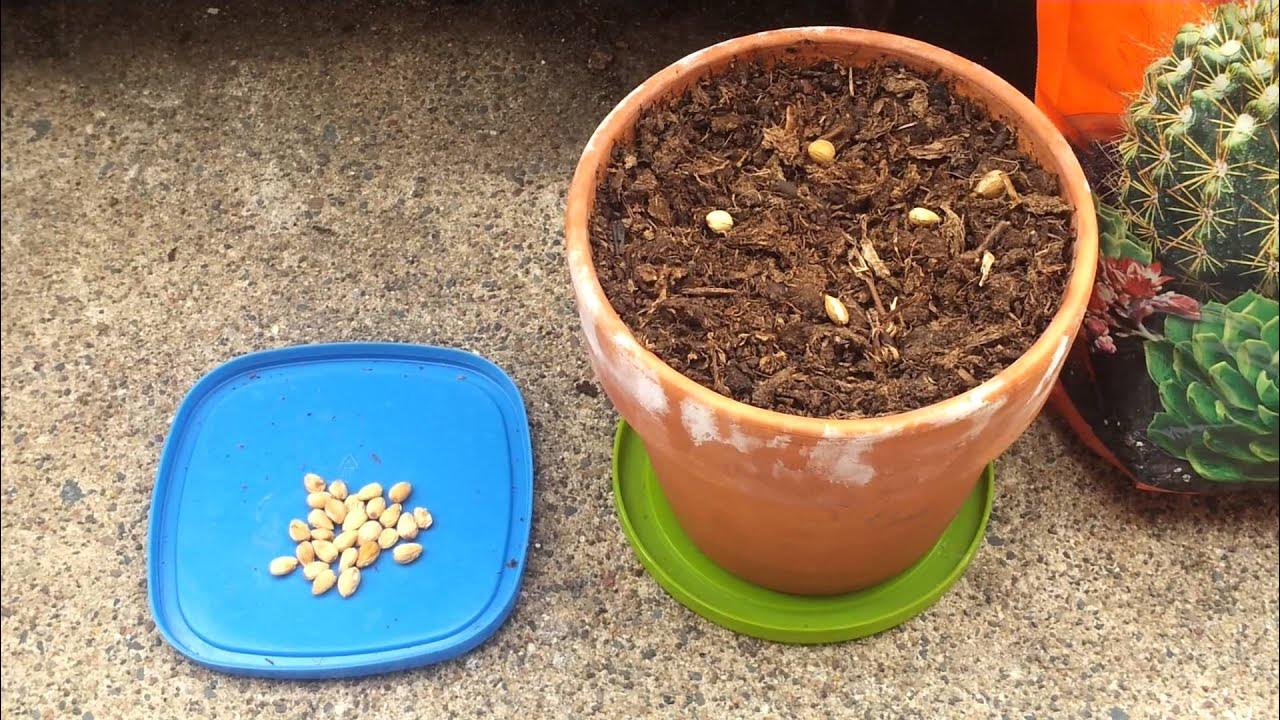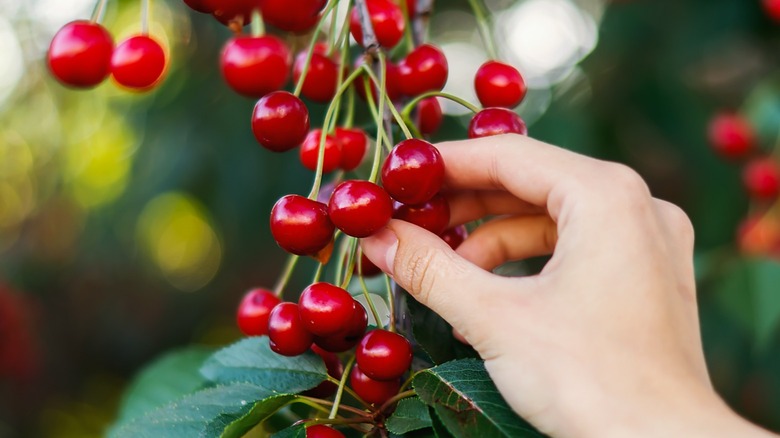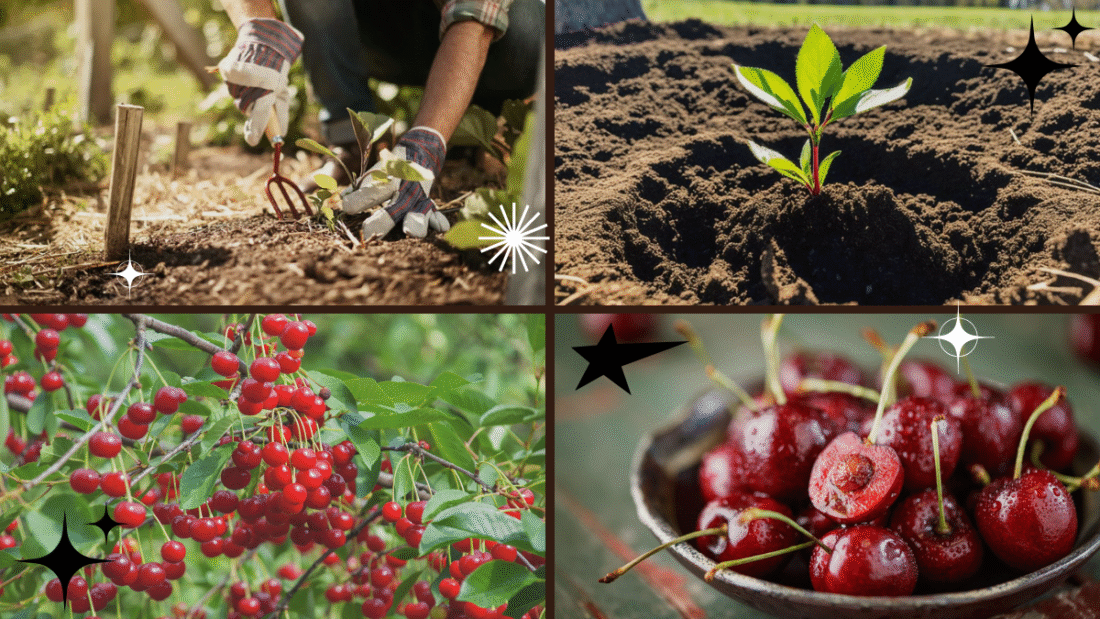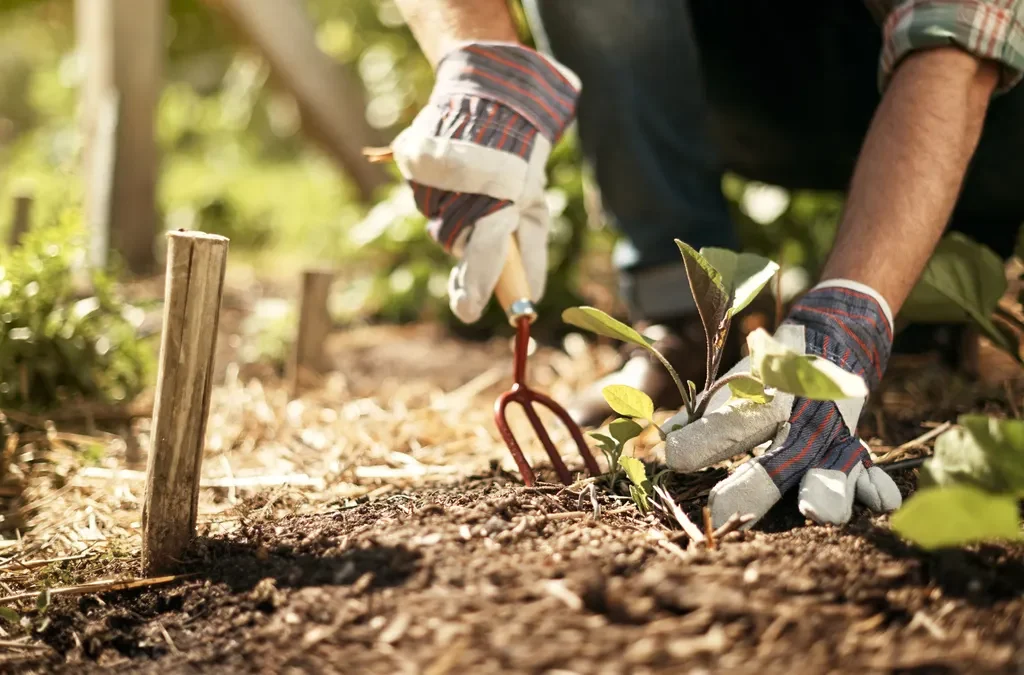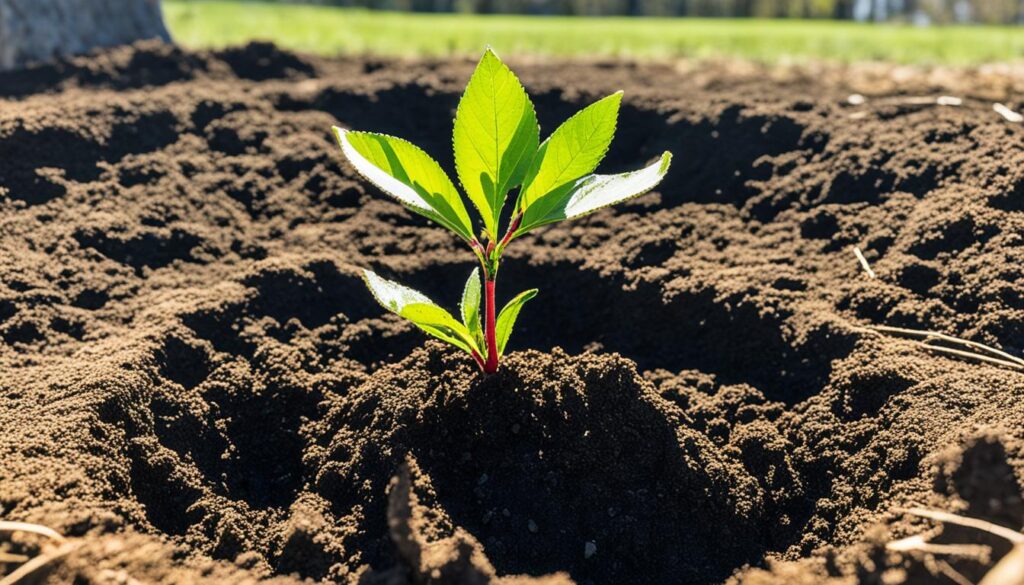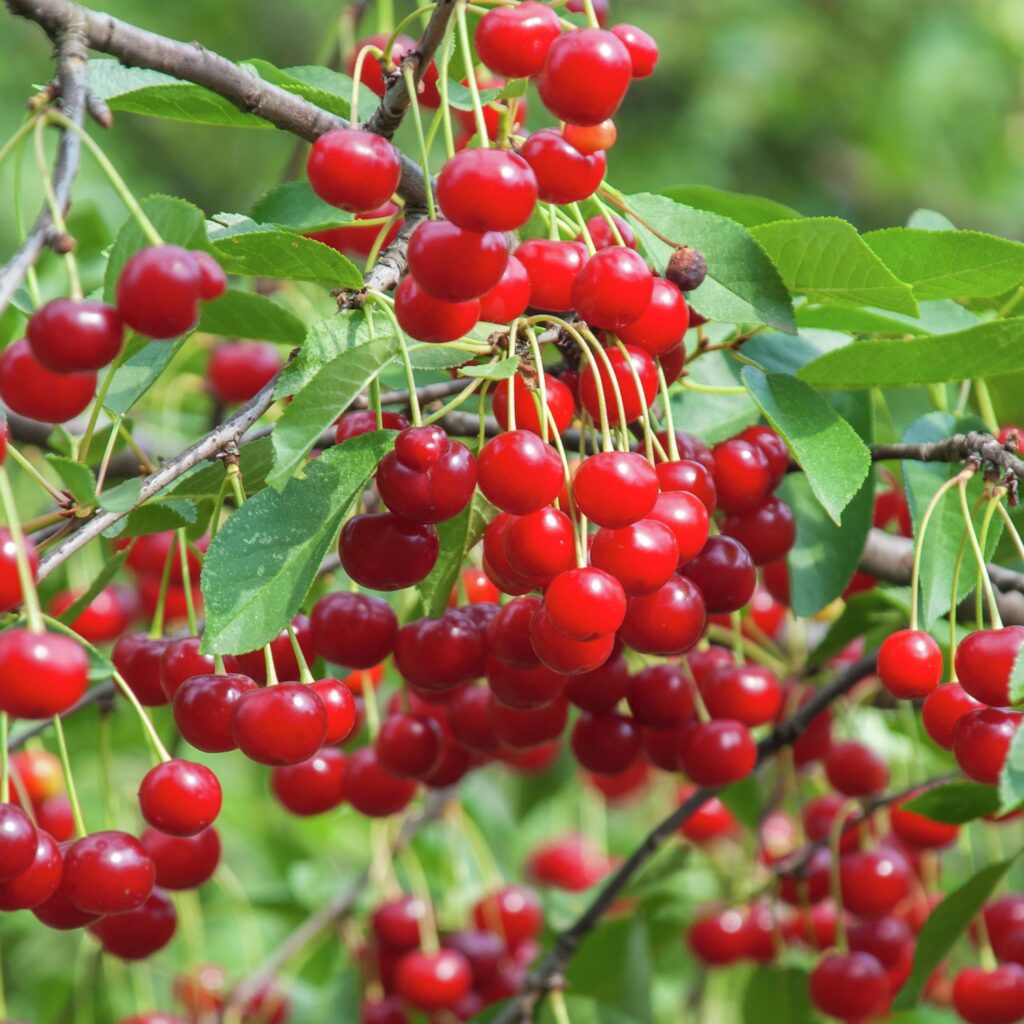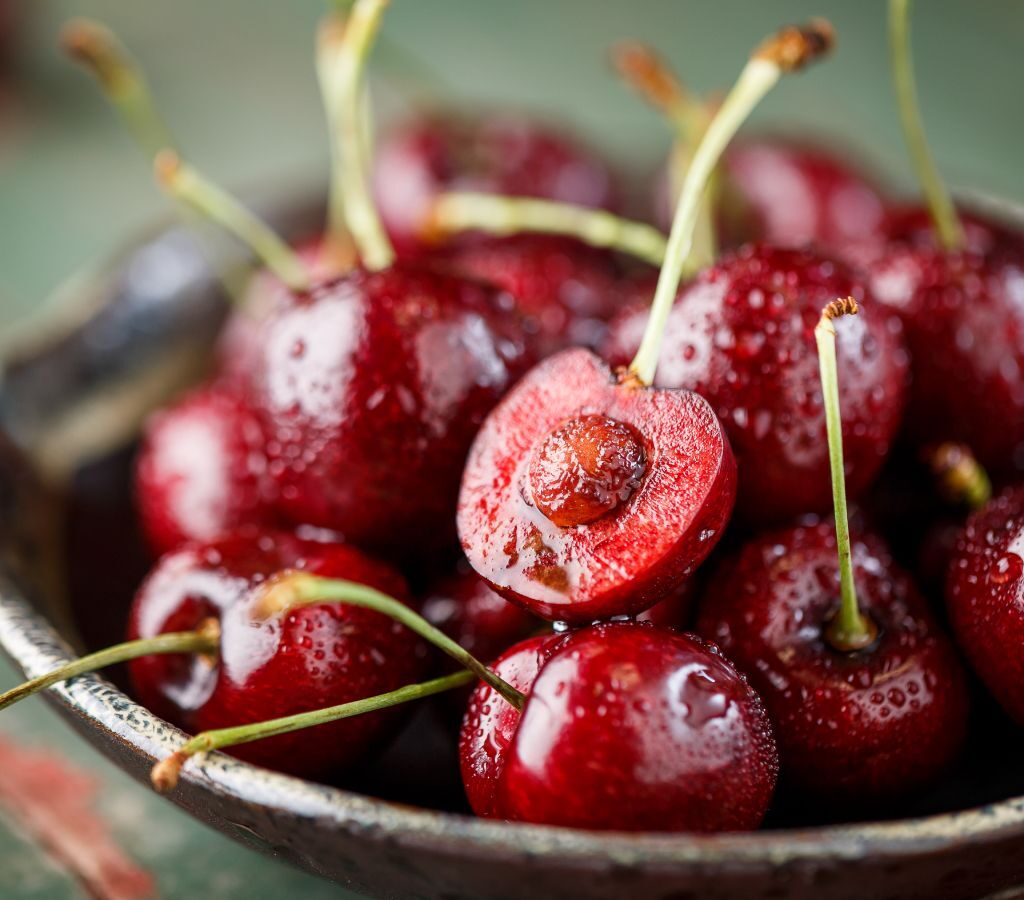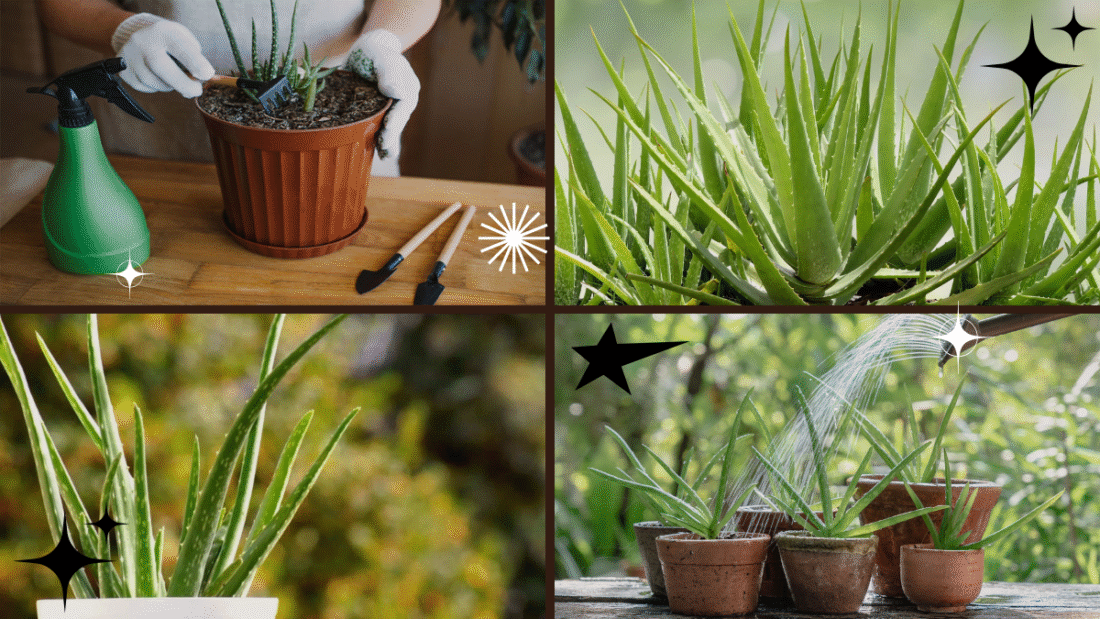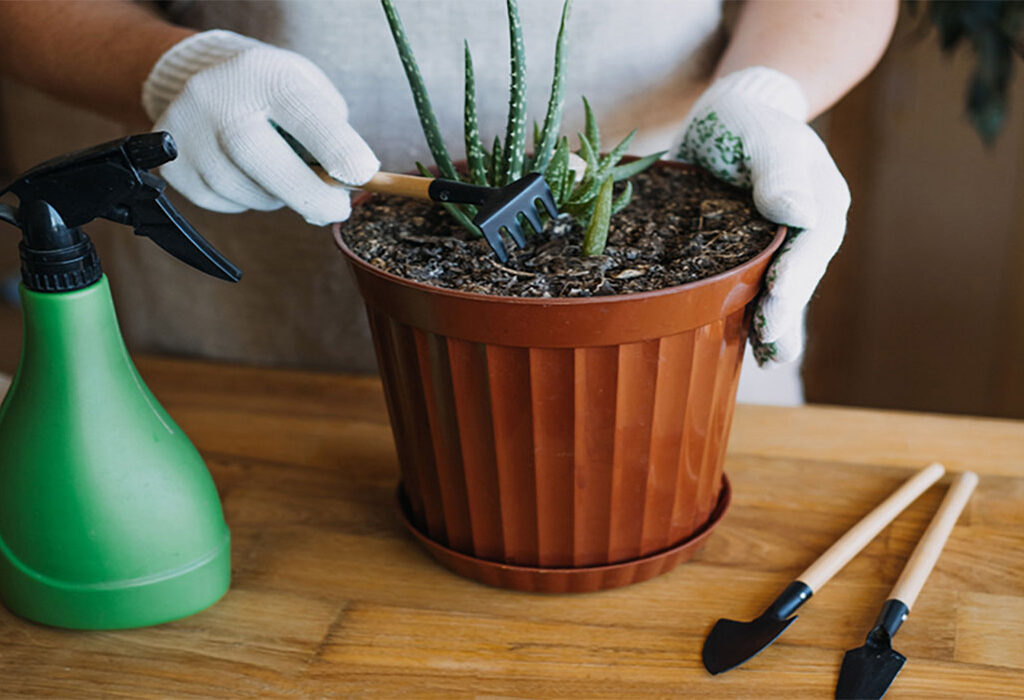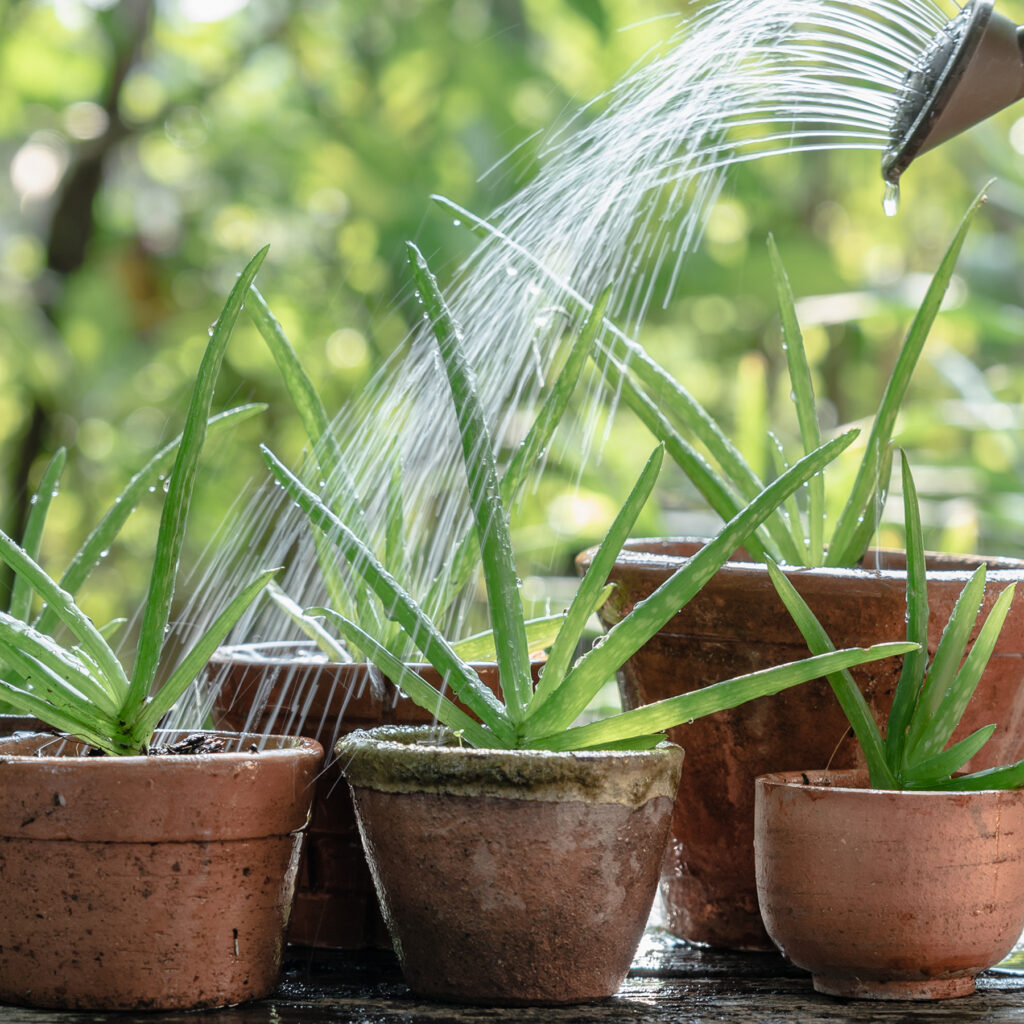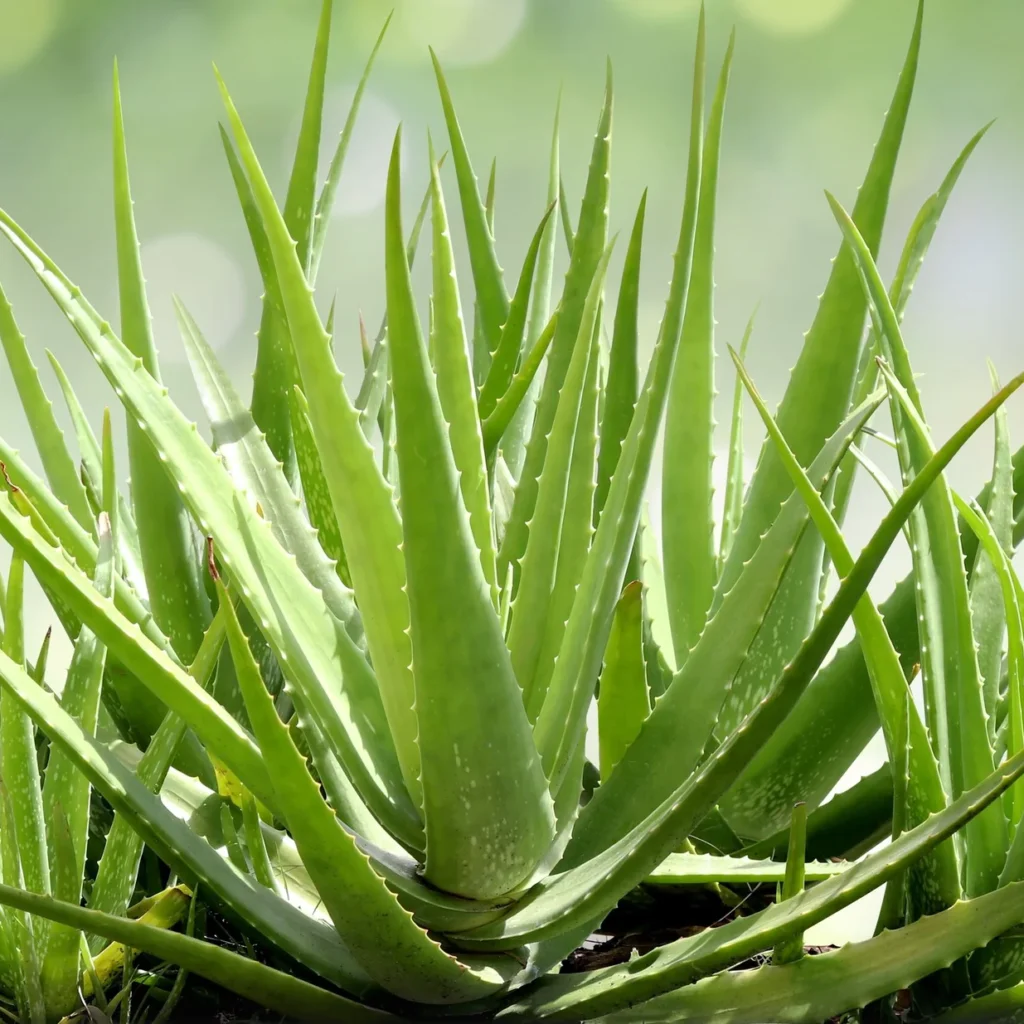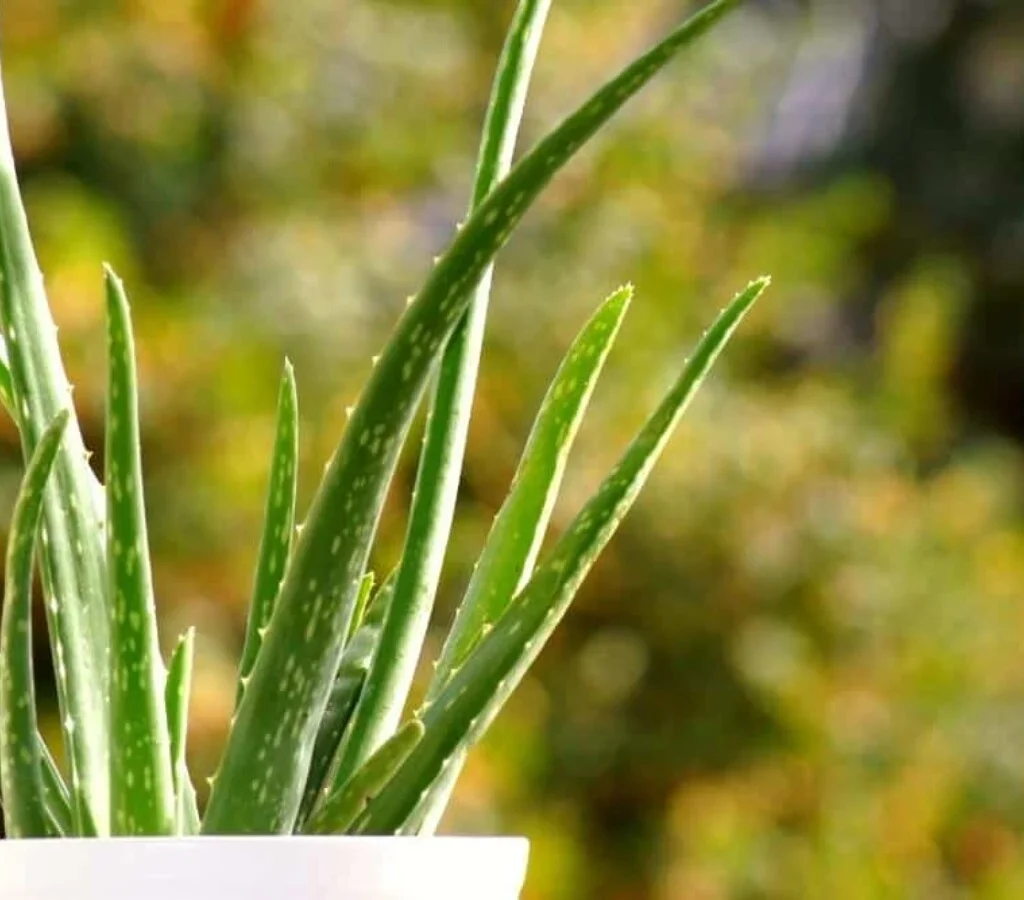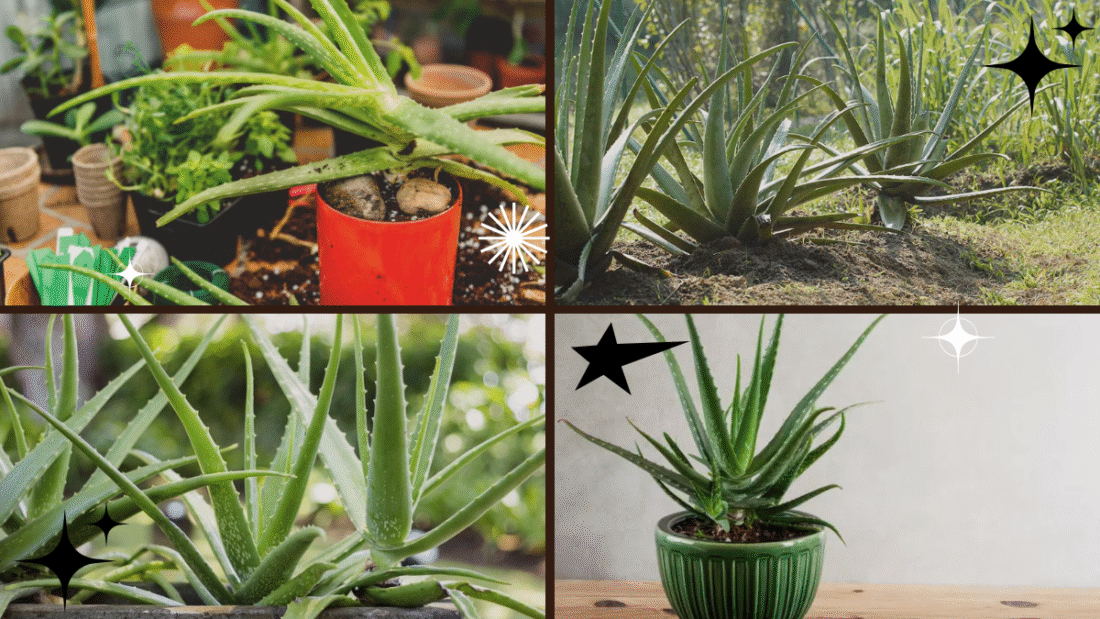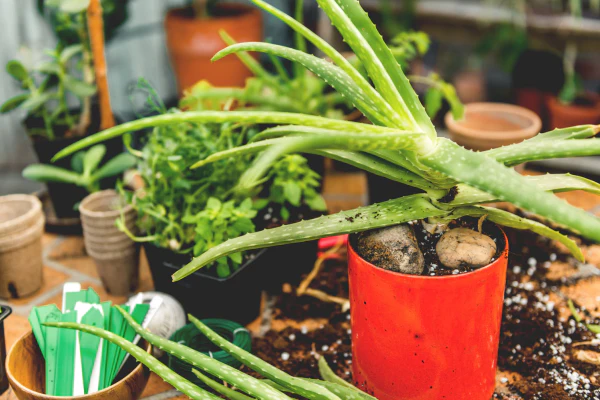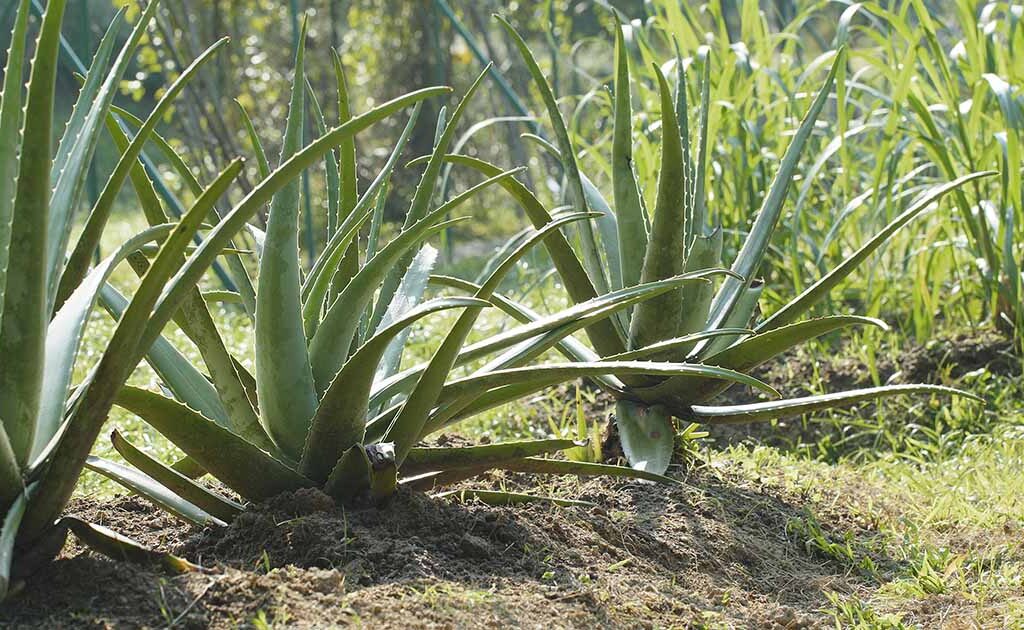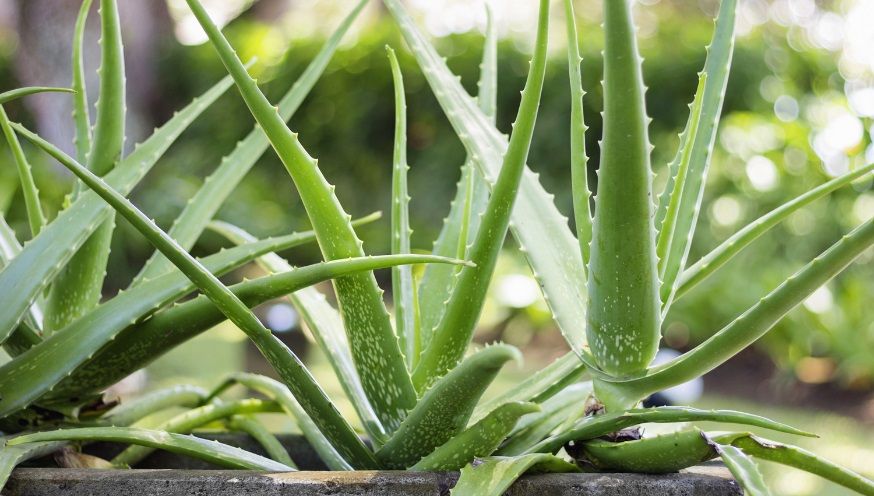Beans are one of the easiest and most rewarding crops you can grow in a home garden. Packed with nutrients, easy to prepare in the kitchen, and versatile in recipes, beans are a staple in gardens around the world. Whether you prefer the crisp snap of green beans or the hearty texture of dried beans like kidney or pinto, planting your own beans is a simple and satisfying way to enjoy fresh, homegrown produce.
In this detailed guide, we’ll walk you through everything you need to know about how to plant beans in your home garden — from choosing the right variety to harvesting your bounty.
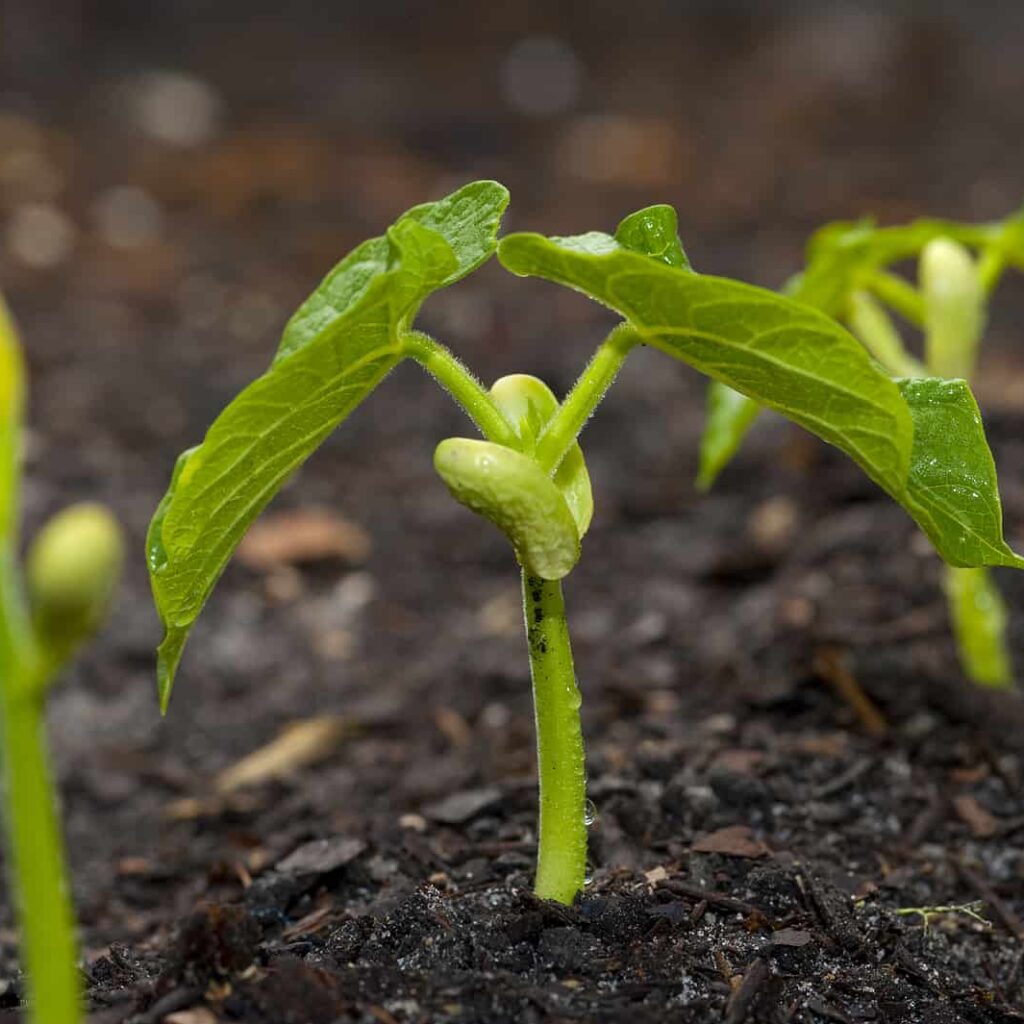
Why Plant Beans?
Beans are a fantastic choice for home gardeners, even beginners, because they:
- Grow quickly and easily
- Require minimal care
- Help improve soil health by fixing nitrogen
- Can be grown in small spaces or containers
- Produce abundant, healthy harvests
Beans are not only nutritious but also enrich the soil, making them a smart addition to any garden rotation.
Types of Beans to Grow
Before you start planting, it’s helpful to know the different types of beans you can grow:
By Growth Habit:
- Bush Beans: Compact, don’t require support, and produce a fast, concentrated harvest.
- Pole Beans: Vining plants that climb trellises, stakes, or fences and produce beans continuously through the season.
By Use:
- Green/Snap Beans: Eaten fresh, pods and all.
- Shelling Beans: Grown for the seeds inside but harvested when green.
- Dry Beans: Grown for the mature, dried seeds like black beans, pinto beans, and kidney beans.
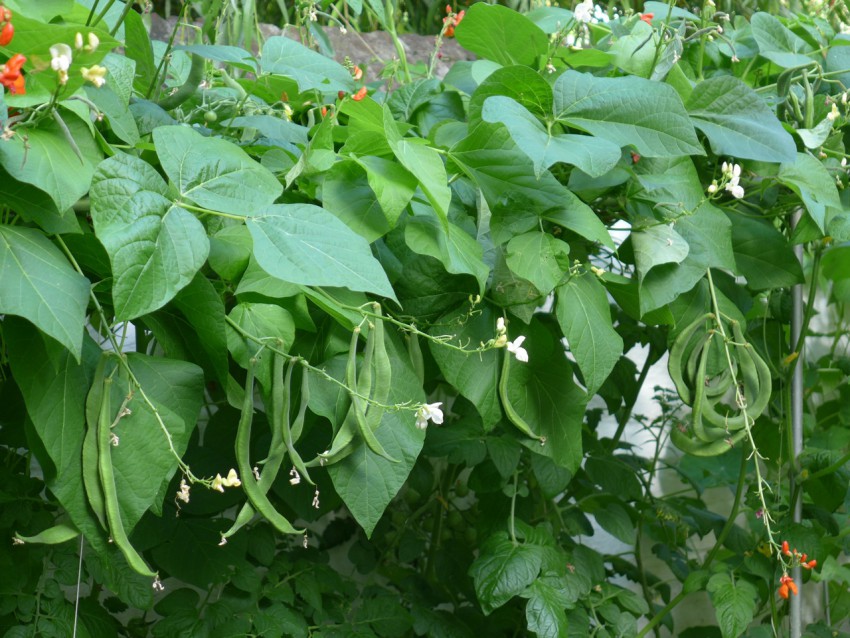
When to Plant Beans
Beans are warm-season crops and are best planted after the last frost date in your area, when soil temperatures reach 60–70°F (16–21°C).
They do not tolerate frost, so avoid planting too early. You can succession plant beans every 2–3 weeks for a continuous harvest throughout summer.
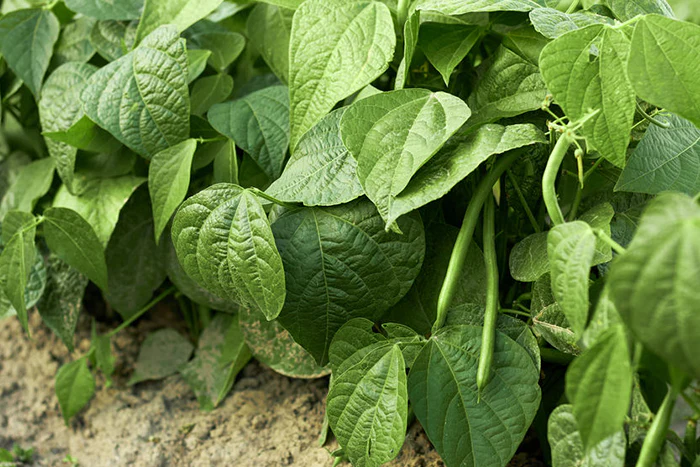
What You’ll Need
Materials:
- Bean seeds (your choice of variety)
- Well-draining, fertile soil
- Compost or organic matter
- Garden spade or hoe
- Stakes, trellis, or poles (for pole beans)
- Mulch (optional)
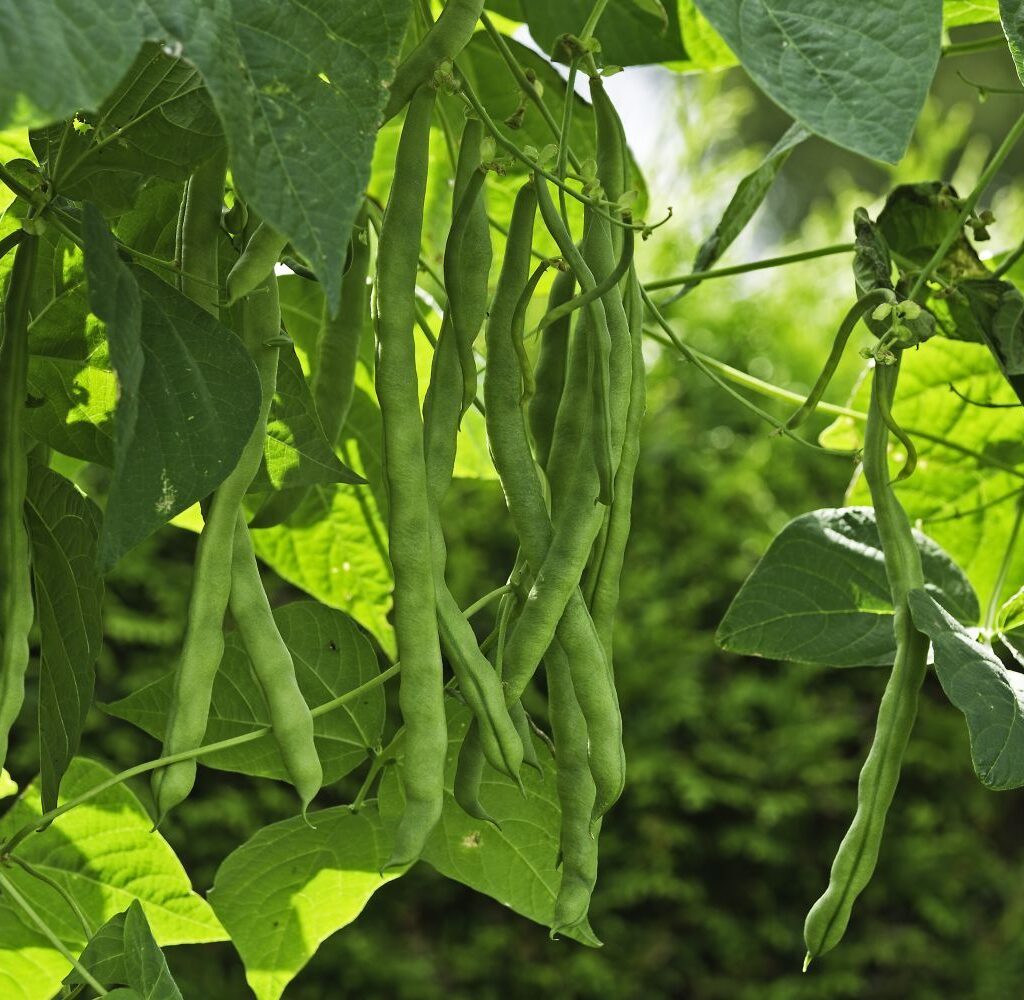
How to Plant Beans: Step-by-Step
Step 1: Choose the Right Spot
Beans thrive in full sun, so select a garden area that gets at least 6–8 hours of direct sunlight daily. Avoid shady or overly damp areas.
Step 2: Prepare the Soil
Beans prefer well-draining, loose soil rich in organic matter. To prepare your garden bed:
- Loosen the soil to a depth of 8–12 inches using a spade or hoe.
- Mix in compost or aged manure to improve soil fertility.
- Beans don’t require heavy fertilization, but a balanced organic fertilizer can be added to poor soils.
- Maintain a soil pH between 6.0–7.5.
Tip: Avoid using too much nitrogen-rich fertilizer, as it encourages leafy growth at the expense of beans.
Step 3: Plant the Seeds
For Bush Beans:
- Sow seeds 1 inch deep and 2–4 inches apart.
- Space rows 18–24 inches apart.
For Pole Beans:
- Sow seeds 1 inch deep and 4–6 inches apart.
- Install a trellis, pole, or netting at planting time to avoid disturbing roots later.
- Space poles about 3 feet apart.
Tip: Soak seeds in warm water for a few hours before planting to speed up germination.
Step 4: Water Gently
After planting, water the soil gently but thoroughly. Keep the soil consistently moist but not soggy during germination, which typically occurs within 7–10 days.
Once established, beans need about 1 inch of water per week, increasing slightly during flowering and pod production.
Caring for Your Bean Plants
Mulching
Add a layer of mulch around your plants to retain moisture, suppress weeds, and keep the soil temperature stable.
Weeding
Keep your bean bed weed-free, especially during the early growth stages, as weeds compete for nutrients and water.
Supporting Pole Beans
Pole beans need support to climb. Options include:
- Garden stakes
- Trellises
- Teepees made of bamboo poles
- Fences or mesh netting
Tie young vines gently to supports if needed, and guide their growth as they climb.
Fertilizing
Beans generally don’t need much fertilizer. If your plants appear pale or growth is slow:
- Apply a light dose of balanced fertilizer.
- Avoid excessive nitrogen, as it reduces bean production.
Common Bean Pests and Problems
| Problem | Cause | Solution |
|---|---|---|
| Aphids | Sap-sucking insects | Spray with insecticidal soap or hose them off |
| Bean Beetles | Chew on leaves and pods | Handpick or use neem oil |
| Powdery Mildew | Fungal disease, white patches on leaves | Improve air circulation, avoid overhead watering |
| Root Rot | Waterlogged soil | Ensure well-draining soil, avoid overwatering |
Harvesting Beans
Green/Snap Beans:
- Harvest when pods are firm, crisp, and about 4–6 inches long.
- Pick regularly to encourage continuous production.
Shelling Beans:
- Harvest when pods are plump but still green and the beans inside have formed.
Dry Beans:
- Leave pods on the plant until they turn brown and dry.
- Pull up the whole plant before a heavy rain, and let it dry under cover.
- Shell and store dried beans in an airtight container.
Tip: Use two hands when picking beans to avoid damaging the plant.
Saving Bean Seeds for Next Year
Beans are self-pollinating, making them easy for seed saving:
- Let several pods mature fully and dry on the plant.
- Harvest and shell the dry pods.
- Store seeds in a cool, dry place.
Well-stored bean seeds remain viable for 2–3 years.
Companion Planting for Beans
Beans grow well alongside:
- Corn: Provides natural support for pole beans.
- Cucumbers, carrots, and radishes: Share similar growing conditions.
- Marigolds and nasturtiums: Deter pests.
Avoid planting beans near onions, garlic, and fennel, which can inhibit their growth.
Fun Facts About Beans
- Beans are one of the oldest cultivated crops, with evidence of bean farming dating back over 7,000 years.
- Beans naturally fix nitrogen in the soil, improving fertility for other plants.
- The world’s tallest recorded bean plant grew over 45 feet!
Final Thoughts
Growing beans in your home garden is one of the simplest and most satisfying ways to enjoy fresh, nutritious produce. Whether you’re planting bush beans for a quick harvest or pole beans for a vertical garden feature, beans reward gardeners with abundant yields and minimal fuss.
With this detailed guide on how to plant beans in your home garden, you’ll be equipped to plant, grow, and harvest your own delicious beans season after season. So grab some seeds, pick a sunny spot, and start your bean-growing adventure today — your garden and dinner table will thank you!

